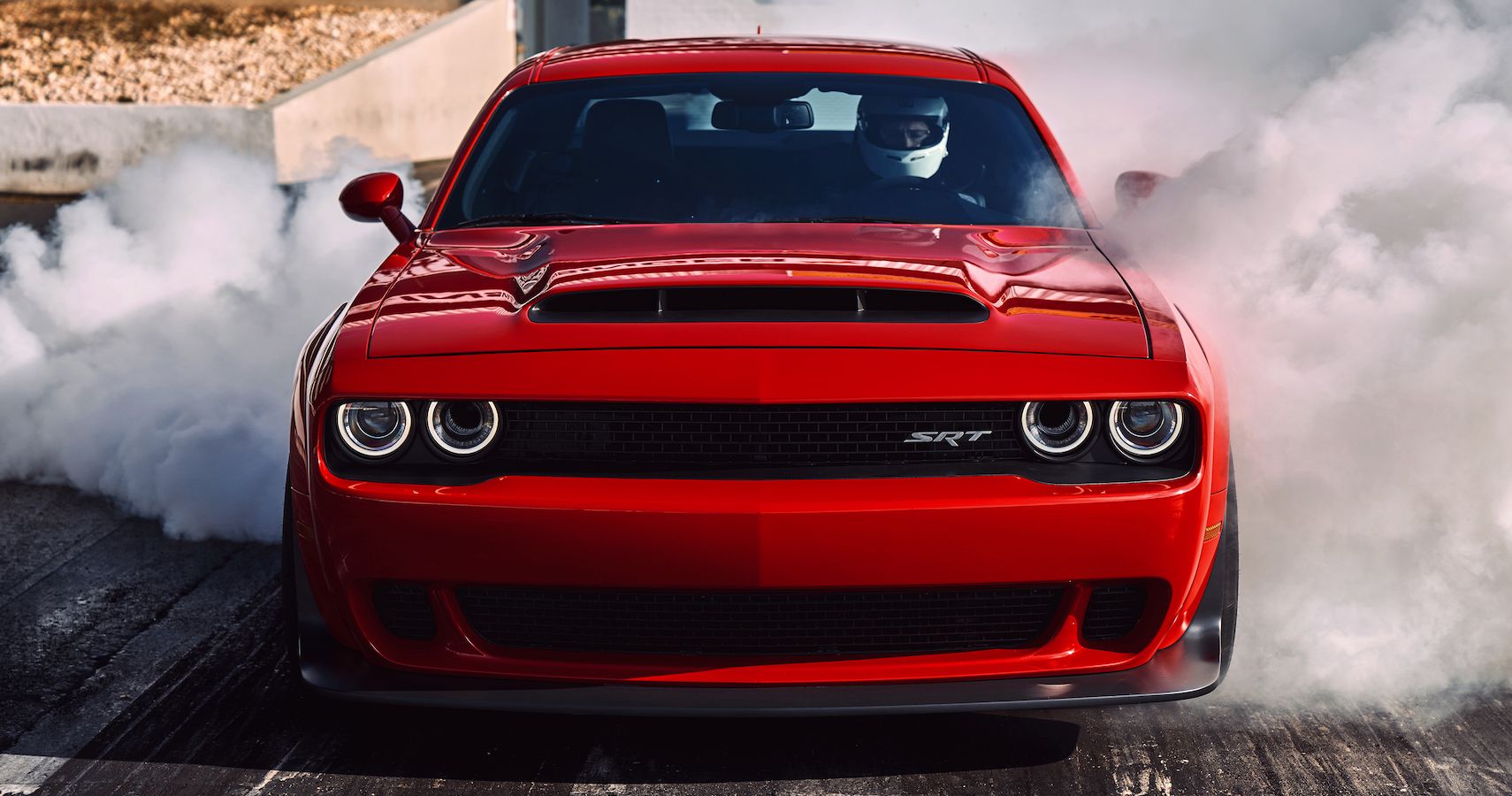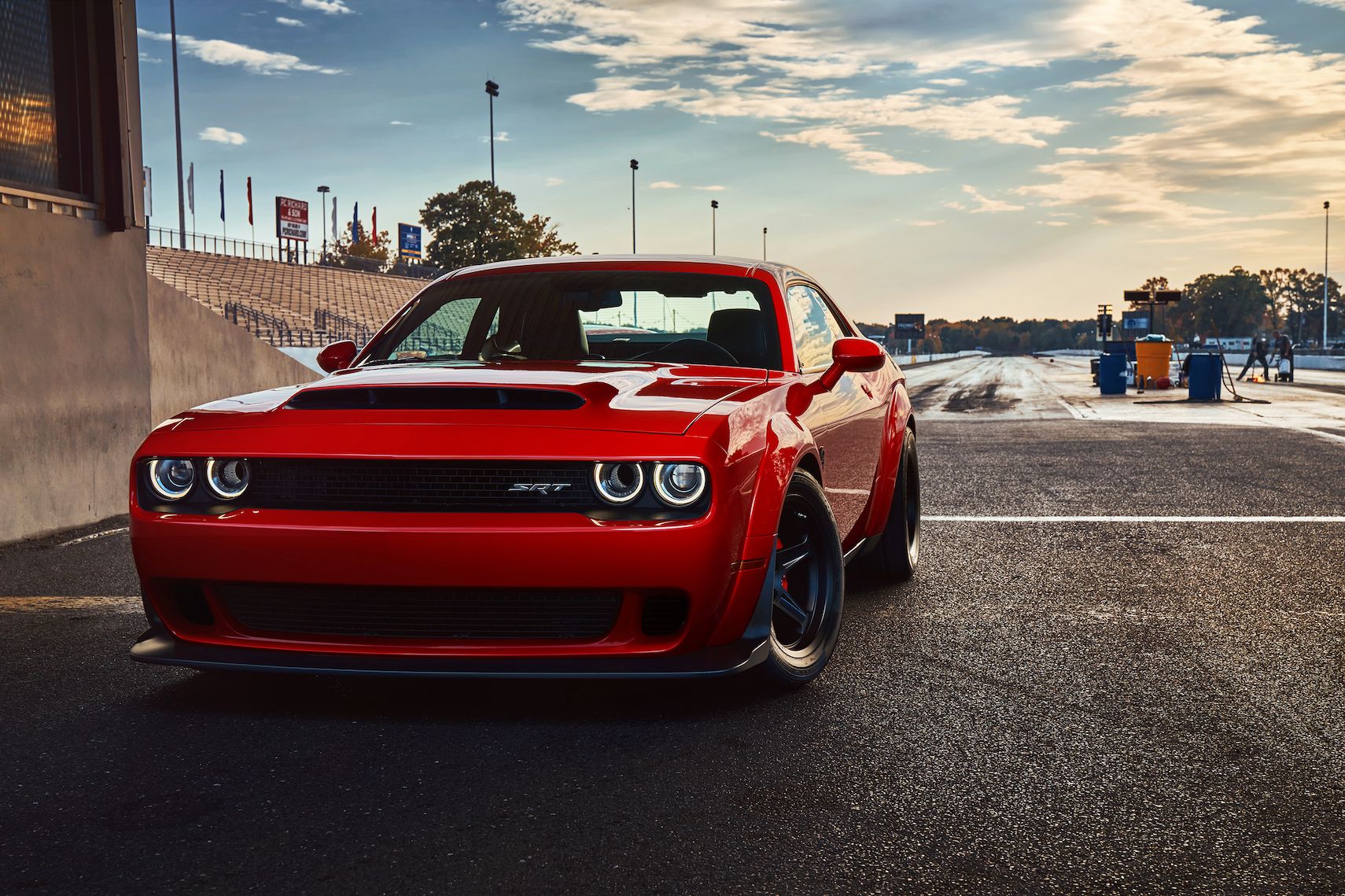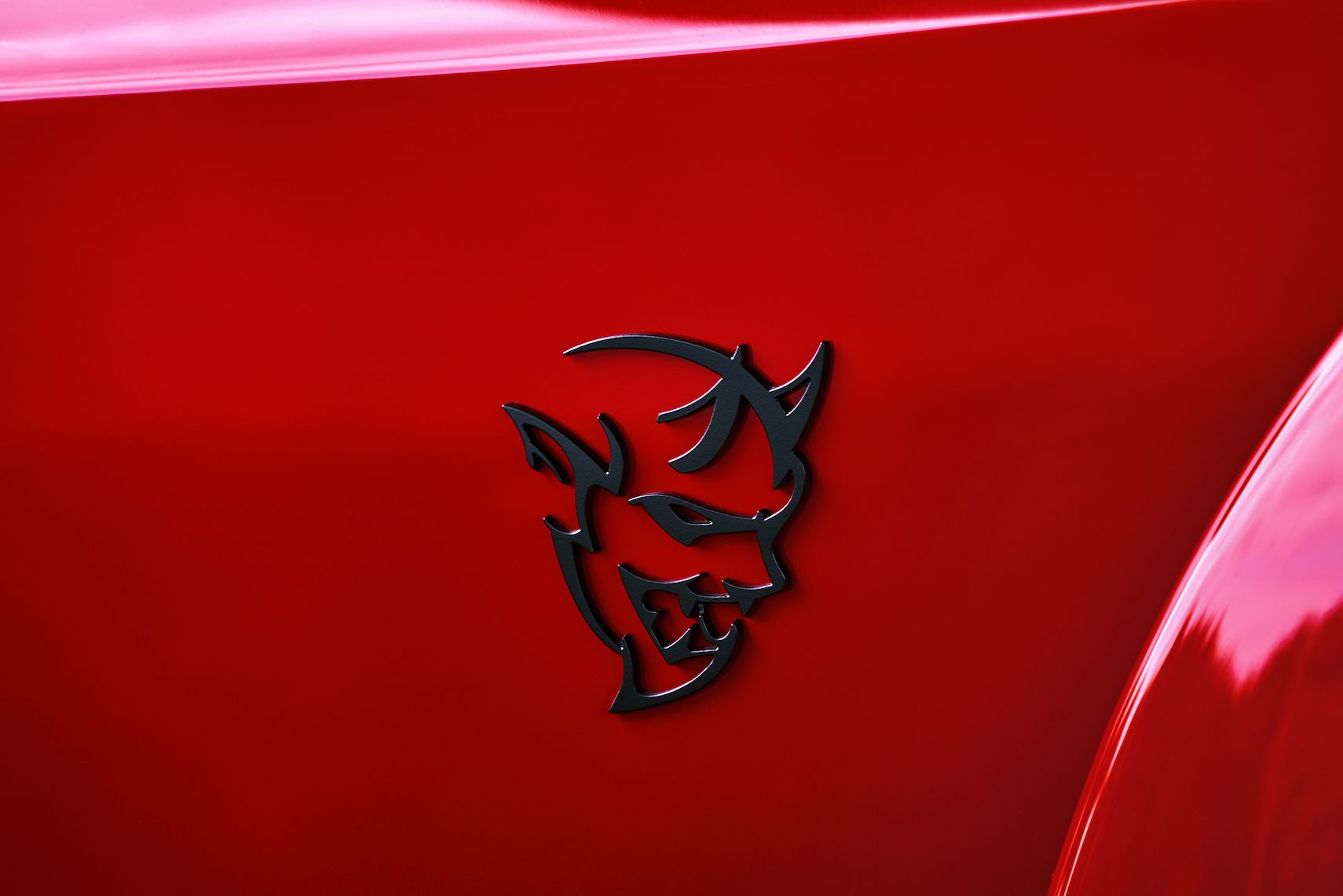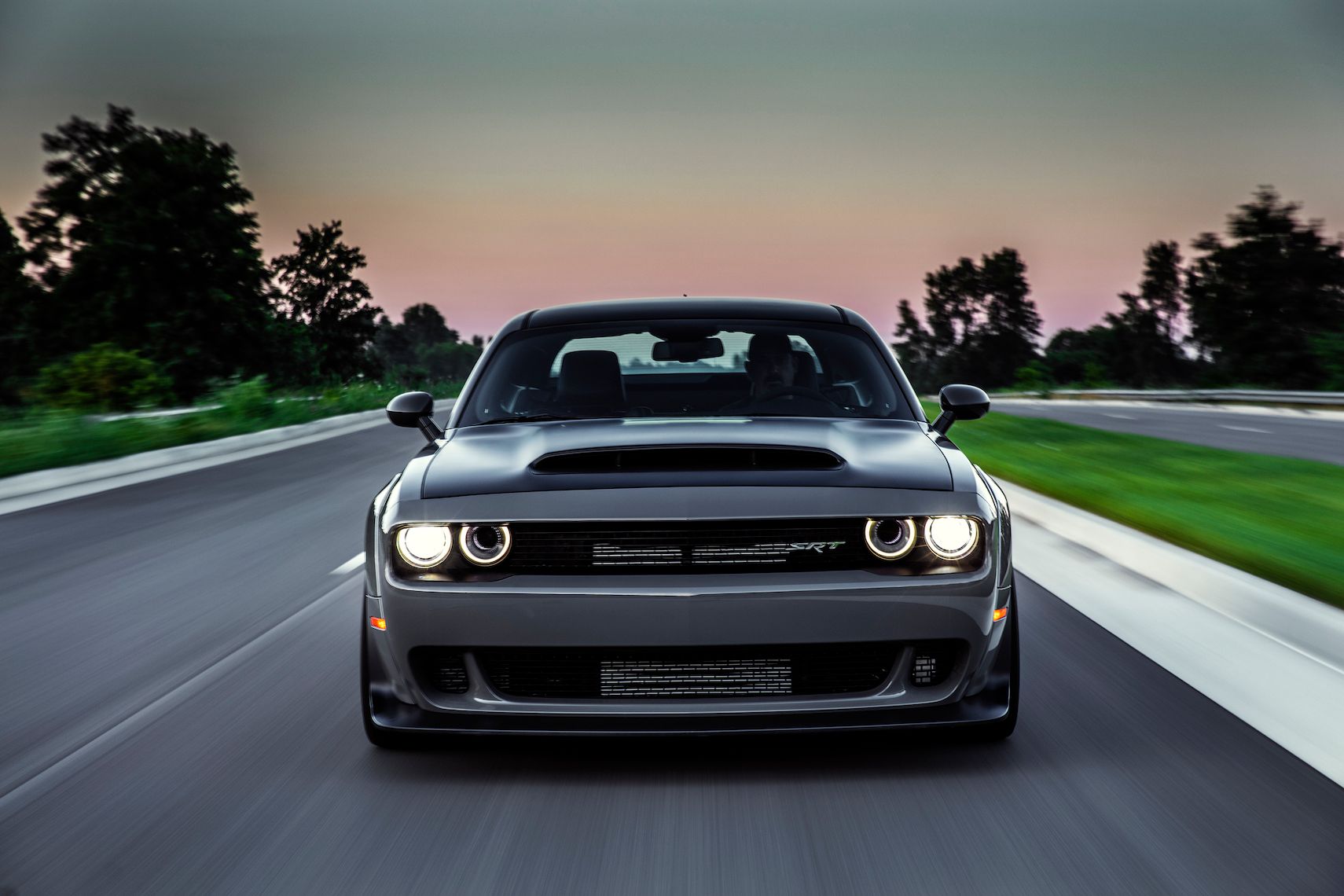The Dodge Brothers, Horace and John, could never have imagined what their company would become a century after they founded the Dodge Motor Company in 1903. Dodge became the staple car of true-hearted Americans when they were the major suppliers of vehicles in the military since as early as 1916. In the 1960s, Dodge started making muscle cars to give enthusiasts some of the sickest Mopars ever. Dodge has grown even more popular since then and has a strong fan base due to its remarkable products and deep-rooted patriotic history.
Updated December 2021: For those debating between whether to go with the Dodge Challenger SRT Hellcat versus the Demon, or even if you just want to know more about these impressive muscle cars, you'll want to know the latest details regarding their performance.
The Challenger has seen a fair share of falls and rises throughout its production history. Dodge has even discontinued the Challenger twice before it went on to become the success it is today. The calling card of the current generation was using the body language of the first generation muscle car. Dodge engineers have stepped their game up a notch, conceiving some massive engines that produce insane power outputs, such as the SRT Hellcat — one of the most powerful production vehicles to come with a price tag under $100,000.
Retro styling and power is the selling point for the Challenger. But with immensely powerful models such as the SRT Hellcat and Demon, is more horsepower truly better?
Dodge And Horsepower: A Love Story
Dodge grew as a company when they merged with Chrysler and started manufacturing some utterly exceptional vehicles. The Hemi-engines that are the heart and soul of Dodge and were developed in a joint venture with Chrysler in 1966. The origins surrounding the Hemi engine itself is fascinating. These engines have a hemispherical cylinder head for a larger surface-to-volume ratio for better combustion with minimal heat loss. This design places the spark plug in the center of the combustion chamber for better ignition.
All these elements improve the power output, especially with a larger displacement like the 5.7-liter, 6.1-liter, the 6.2-liter used in the SRT Hellcat and SRT Demon, and the 392 6.4-liter V8 structure. These engines can produce north of 350 hp in the smallest 5.7-liter V8 and go all the way to 800-plus hp from the 6.2-liter V8 engine. Dodge has announced that it does plan on taking the electrification route, so after 2023, the Hellcat will no longer be around.
The Demon Vs The Hellcat: Comparing The Two Muscle Cars' Horsepower
The Challenger is still available in the SRT Hellcat variant even today, but the SRT Demon was a limited production specific to 2018. Now, as there isn’t a lot of difference between the two vehicles, as both share everything from the platform to the engine. These immensely powerful cars use the 6.2-liter Hemi V8 engine that produces 717 hp in the Hellcat and 808 hp in the SRT Demon, so the Demon is much faster than the Hellcat.
The major difference between the two variants is the engine configuration and the supercharger that complements the power source. It has a compression ratio of 9:5:1 and a bore of 4.09 in and a stroke of 3.578 in. Dodge equips the Hellcat with a 2.4-liter supercharger that produces 11.6 psi of boost, while they gave the SRT Demon a bigger 2.7-liter twin-screw supercharger that produces 14.5 psi of boost.
Is More Horsepower Truly Better?
The Challenger SRT Hellcat and SRT Demon are on the top of the Dodge power charts, as engineers at Dodge have produced immense power from the 6.2-liter V8 Hemi Engine. In the price range that they offer these cars, it makes them such a great purchase. The Challenger is a splendid car to run on drag strips thanks to the Drag Pak. Even in stock condition, the Challenger is a beast on the strip, and has regularly taken home the win against highly modified vehicles.
Because of all the power produced by the Challenger SRT Demon, it is a car with many unique abilities. It is the first production car that can pop a wheelie, just like Dom’s 1970 Charger R/T from Fast and Furious. It might shock many gearheads to learn that the Demon can generate a whopping 1.8gs when accelerating — or perhaps 'launching' is a better-suited word? When released in 2018, the Challenger SRT Demon was the fastest quarter-mile production vehicle and non-electric vehicle to have a 2.3 second 0-60 mph acceleration time.
Drag strips are Challenger territory and where it truly excels. However, unlike older models, the Challenger can now actually turn and go around corners, as it handles much better than it the older generation did. A stock Dodge Challenger SRT Hellcat can still run any drag race with no issues, but the SRT Demon was banned from any races monitored by the NHRA, as it does not have a certified roll cage. This is required in a sub-ten-second car.
Now, is all this power really necessary? Both the SRT Hellcat and SRT Demon are fitted with superchargers that have a bigger displacement than the engine displacements of entry-level hatchbacks and sedans. Such vast amounts of power is also not something everyone is able to handle. According to a study by iSeeCars, the Challenger has a fatal accident rate of 5.8 cars per billion vehicle miles, which means that it ranks in the top ten in the statistics of cars with the highest fatality rate.
More horsepower doesn’t necessarily translate into a better car, it just offers more power, which is not safe when left unchecked. The SRT Hellcat and SRT Demon are great for the tracks, and while they're certainly fun, they can be downright deadly in the wrong hands on the street.




